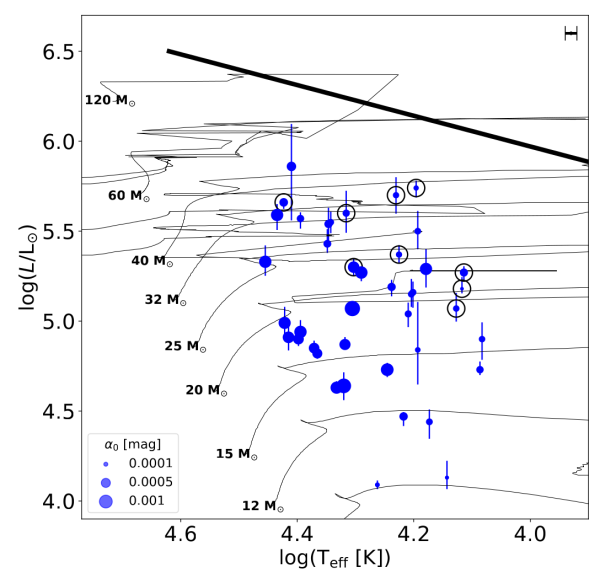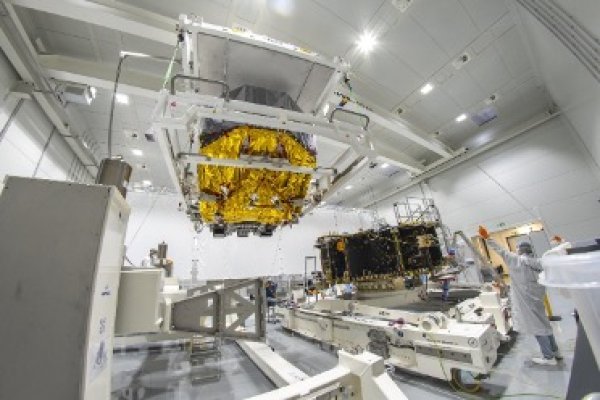V. Simon of the Stellar department at ASU studied long-term observations of two cataclysmic variables that erupted as classical novae in astronomically recent times. In particular, based on light curve analyses, he notes the changes that occur in both observed systems. Both of these objects are currently undergoing at least occasional stages of dwarf nova outbursts, and are apparently accumulating material on the surface of the white dwarf for the next classical nova explosion.
The explosion of a classical nova is considered a cataclysmic event. In a system in which an evolved donor star and a white dwarf star orbit each other, material overflowing from the donor star onto the white dwarf will accumulate. This dwarf is surrounded by an accretion disk into which material from the guide flows. So we have described a system of cataclysmic variables. The following are the specifics that distinguish each type of cataclysmic variable. Once enough material has accumulated on a dwarf, a violent thermonuclear reaction ignites and astronomers observe what is known as a classical nova. However, the supply of material is depleted over time, and the original state is slowly restored. Experts expect that nova explosions are repeated in such a system, often on a scale of thousands to tens of thousands of years. Over 500 novae have exploded in our galaxy over the course of observational history, but only about 10 of them have been shown to repeat their explosion. For the others, we’re still waiting for a repeat.
Links
- Na čem pracujeme: Dlouhodobý vývoj aktivity kataklyzmických proměnných po výbuchu klasické novy: Q Cygni a BK Lyncis (M. Švanda, ASU web, in Czech)
- V. Šimon, The Long-term Activity of the Postnovae Q Cygni and BK Lyncis, Astronomical Journal 167 (2024) article id. 152
- Contact: RNDr. Vojtěch Šimon, Ph.D., simon@asu.cas.cz



